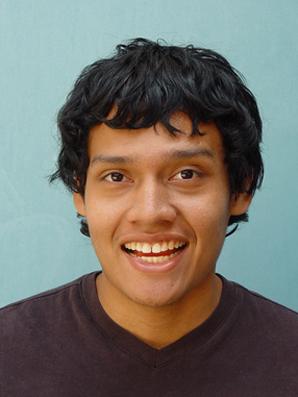Students can breathe easier as President Obama has signed into law this month a measure to cut interest rates on undergraduate student loans to 3.86 percent, from the original 6.8 percent, after an impasse in Congress allowed interest rates to double in August.
“I think the essence of the American Dream is that anybody who’s willing to work hard is able to get that good education and achieve their dreams,” Obama said in a speech at Birmingham University, speaking to hundreds of community colleges across the nation. “The only reason [we’re] here today… is because we got a great education.”
The rates will be applied retroactively to loans issued from July 1. The measure does not allow interest rates to go above 8.25 percent.
“We anticipate that students come here to avoid loans,” Patricia Hurley, Financial Aid Director and Associate Dean of Glendale College said. “But the amount of students filing for loans has gone up since the economy has gone bad.”
So far 671 students in Glendale College have applied for student loans this year, up from 600 in 2012.
“This is going to help my family save a lot of money when I transfer out, “ Michael Stevens, 20, a GCC finance major who is transferring to a four-year college in the spring semester said. “The money saved is definitely going to go into my tuition, instead going to loan payments.”
On average, undergraduate students will save $1,500 per loan, according the U.S. Department of Education.
The department says that a student who is loaned $50,000 would have to pay back $69,000 if repaid in 10 years at the former rate, instead of just $60,000 at the new rate.
“It’s truly amazing,” Kymberly Flores, 19, a business management and economics major starting at UC Santa Cruz, said. “I’m very excited about paying less than I had to after I graduate.”
According to Arda Najarian, Loan Counselor and Assistant Director of Financial Aid, student loan rates are now based on the 10-year Treasury note, a government security, plus an add-on rate of 2.05 percent.
Due to higher yields of notes being auctioned off, interest rates will climb more economically in coming years. In 2013, the 10-year closed at 1.81 percent. In booming years, such as 2007, rates went as high as 4.6 percent.
Although the rates have been lowered, some students try to find any way to avoid taking out a loan.
“I would try to do work study as much as I could,” Cristian Flores, 21, a computer science major in Los Angeles Community College said. “To put it lightly, there is no way I would get a loan if didn’t have to.”
According to Hurley, students shouldn’t get a loan unless they must, as the interest adds up over time.
“If you need to take a loan out here, at GCC, you need to go to a workshop to find out how or if you need to take out a loan,” Hurley said. “Always start by filing a FAFSA application. A loan is just another form of financial aid.”
Filling out the FAFSA application can tell you if need to apply for a loan, or if students qualify for any other federal aid, such as BOG, which waives tuition fees for community college students, and Pell grants.
“It’s a one-hour workshop and it will be offered at least once a week for fall and spring semesters,” Najarian said.
Most colleges don’t make a loan workshop a requirement to file for a loan, but Hurley and Najarian want students to know how and what they are filling out, making it a student requirement at GCC.
Students who want to file a loan can call the financial aid office at (818) 240-1000 ext. 5916 to take a loan workshop or they can visit the financial aid office website at www.glendale.edu/financialaid to find out about office hours, FAFSA forms, and what types of loans are offered.

